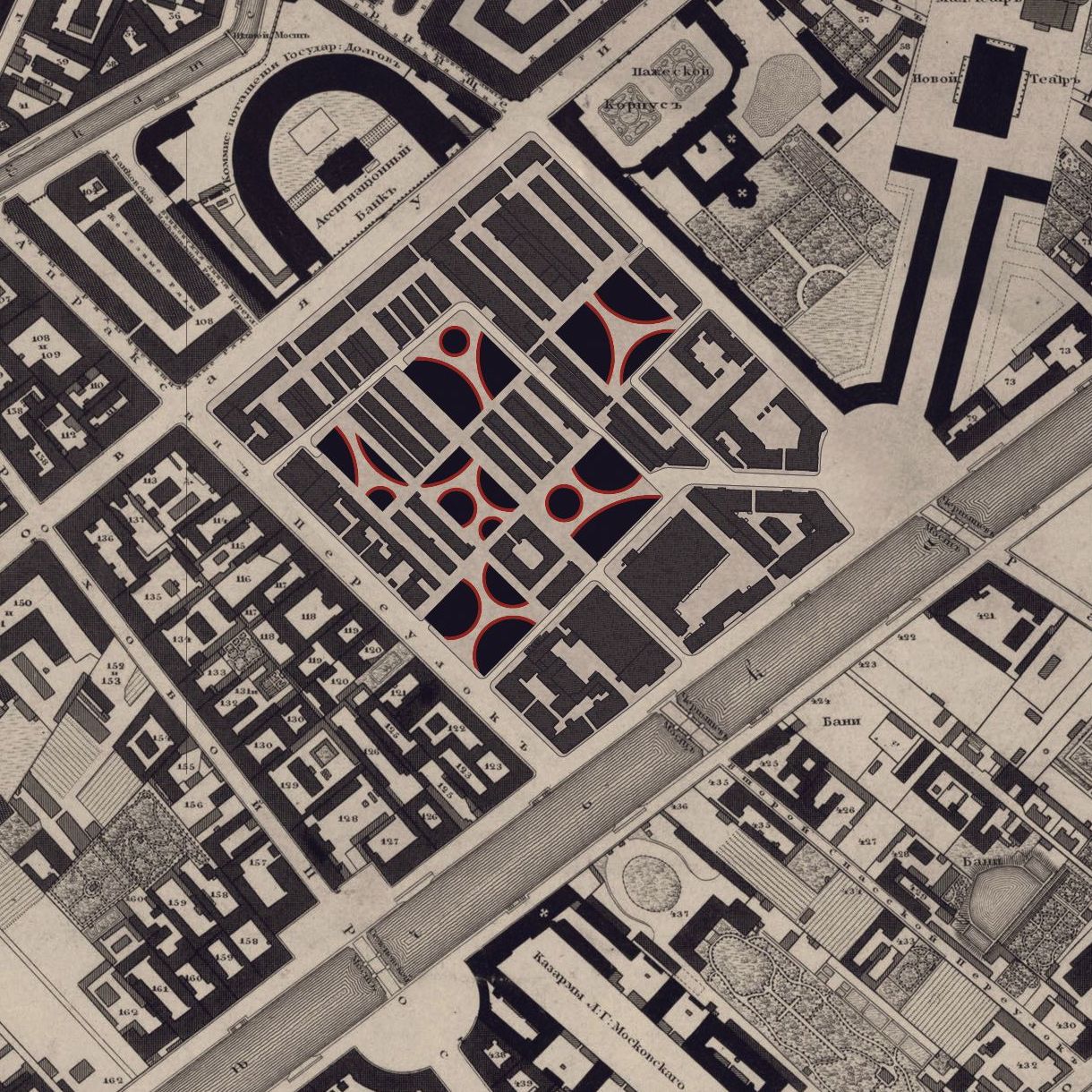2007.04.09 18:54
evolutionary architecture?
No, extinction means extinction, as in evenually not there anymore.
And, one could well say that Stirling practiced architectural design as an ongoing development of architecture's very historical DNA code.
Perhaps the environment and users now-a-days evolve a lot quicker than building ever could.
It seems to me that the more specifically designed a building is (and even buildings specifically designed to change over time), the quicker those building become obsolete.
2007.04.09 20:29
evolutionary architecture?
The interior of the simple loft building can be just as easily changed.
I forget where, but I read how the Theater of Marcellus has been renovated into multi-story apartments like over a thousand years ago.
Obsolete-ness is gauged by time endurance. I'd say any building that lasts over several centuries has a low obsolete factor. And buildings that last less than a half century have a high obsolete factor. (Planned obsolescence is a whole other (artificial) story.)
Also, the obsolescence of a building's function does not necessarily make the building itself also obsolete (as a sheltering structure). That is, of course, unless the building is designed only for a highly specific function. Moreover, buildings with great space(s) and structure(s) to begin with usually last longer too.
I think Vanbrugh is my first favorite English architect (although I'm just now learning of Latrobe's English work).
2007.04.21 13:22
Featured Discussion: Volume
Look up magazine in a good dictionary.
1 a : a place where goods or supplies are stored
2 a : a place to store ammunition
Bouman states Volume's position well. But the whole "kind of de-territorialized" stance is weak, tepid at best.
As an architect, with no practice, a dormant license, no ties to any institution, no real contact with other architects and very little real contact with other people, yet, via the internet, still operating within the architectural realm and even having some effect (big effect even if the full range from negative to positive is considered), I know all about de-territorialization because, as an architect, de-territory is the only place I am. [An interesting twist in this particular discussion (place) is that Mark Wigley is the only person here that has actually met me, and thus he knows just how de-territorialized I actually am.]
Oddly, de-territorialization is what provided me with an architectural comfort zone.
[note to self: how does bilocation relate to de-territorialization? Is bilocation like a hyper inverted de-territorialization??]
| |

OMA Apraksin Dvor 2007
|